The extinct species, named Ontocetus posti, lived nearly two million years before the modern walrus emerged.
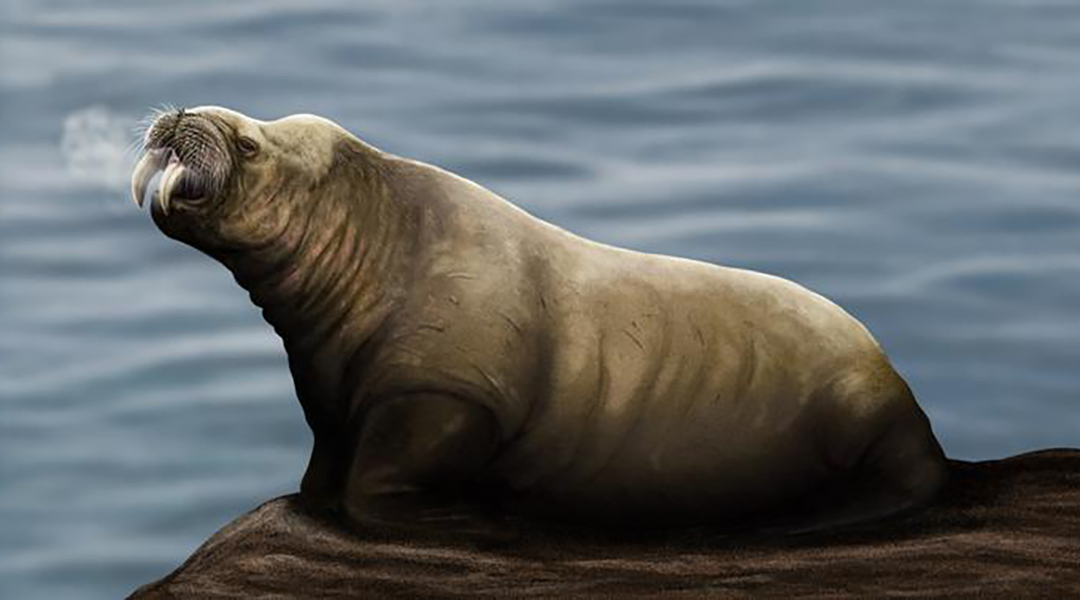


The extinct species, named Ontocetus posti, lived nearly two million years before the modern walrus emerged.
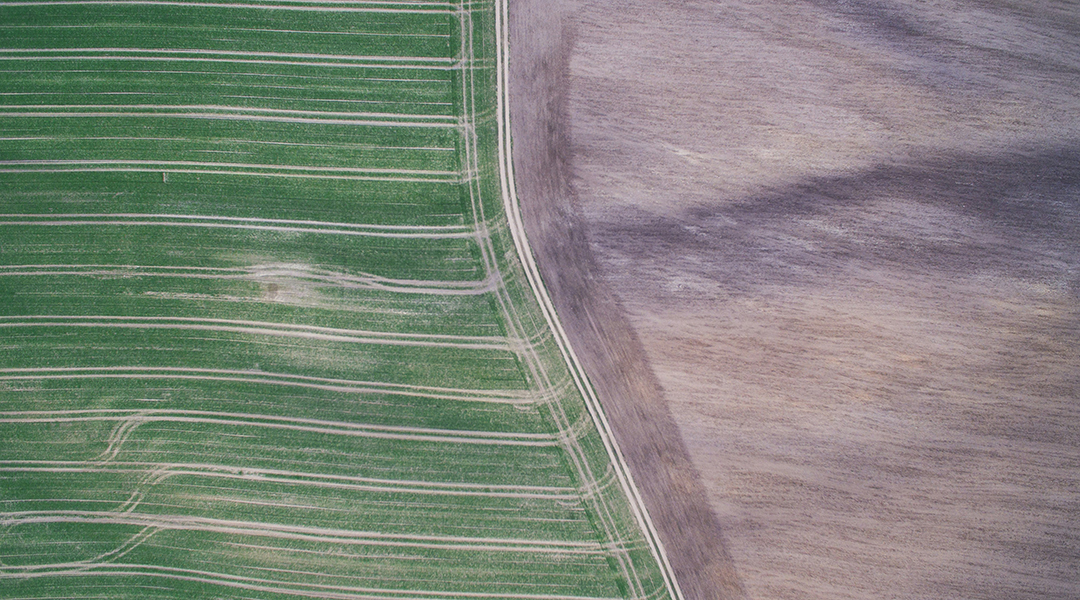
Traditional means farmers used to use for seed selection and preservation may help us cultivate more resilient food in a changing climate.

A bottleneck event caused inbreeding in the last woolly mammoths, but scientists find this was not responsible for their demise on Wrangel Island.
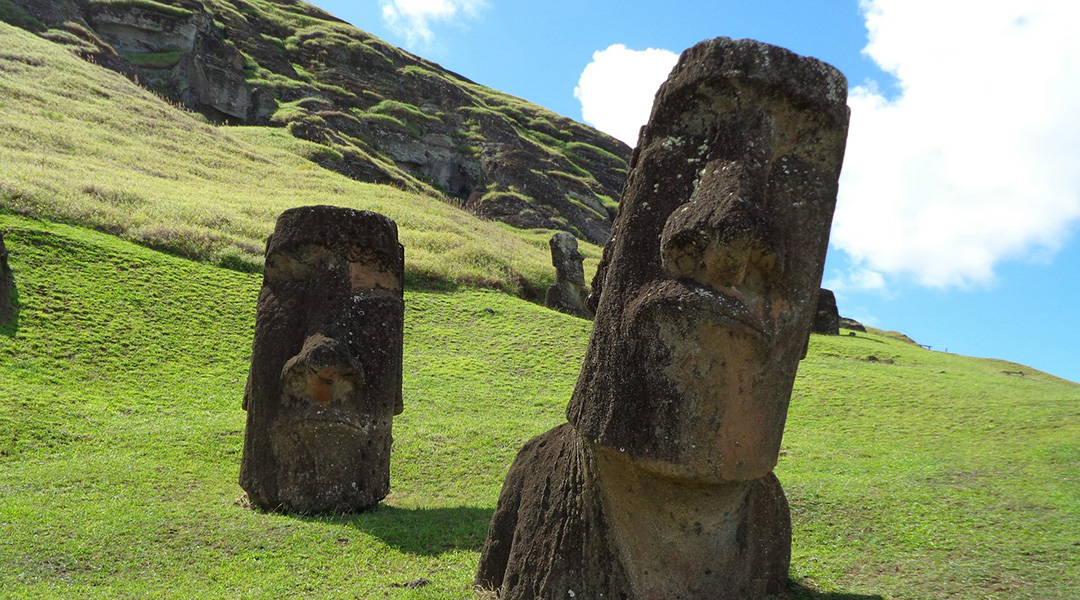
Satellite imagery suggests that islanders lived sustainably rather than overexploiting resources.
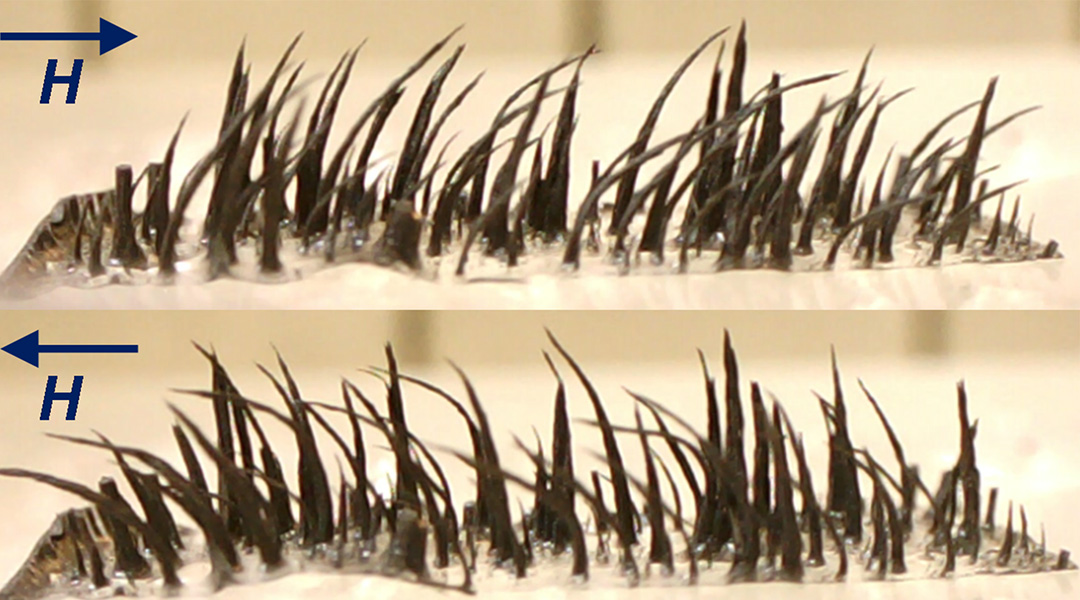
These hair-like structures with applications in robotics are now reprogrammable, negating the need to replace them after one use.

This new brain–computer interface detects weakened brain signals and boosts them to healthy levels, potentially reversing cognitive aging in the brain.
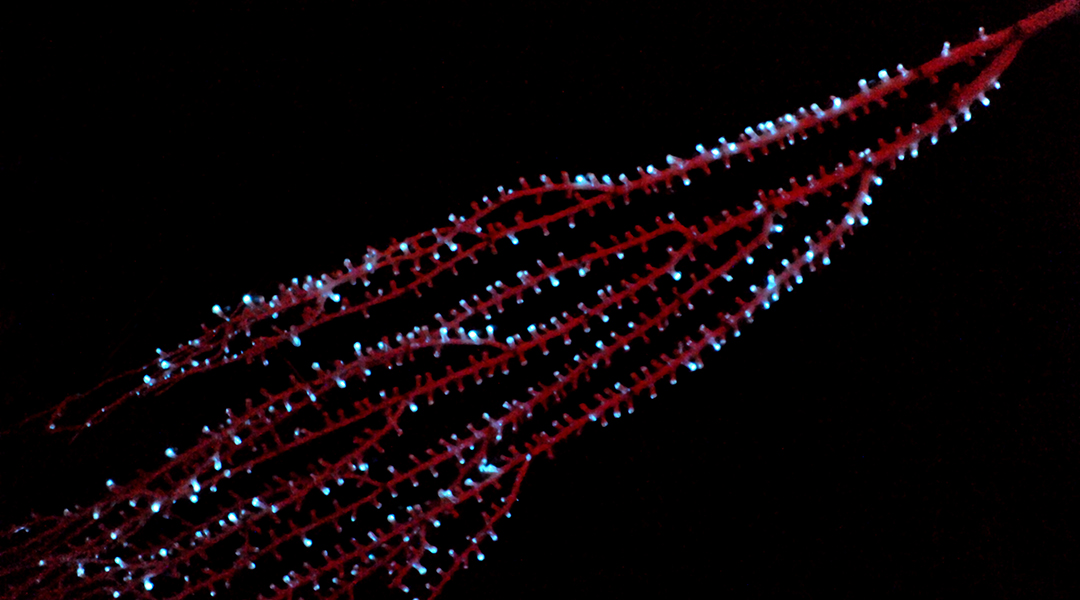
Bioluminescence has evolved independently in species time and again, but why this happened and when it first appeared has been a mystery.
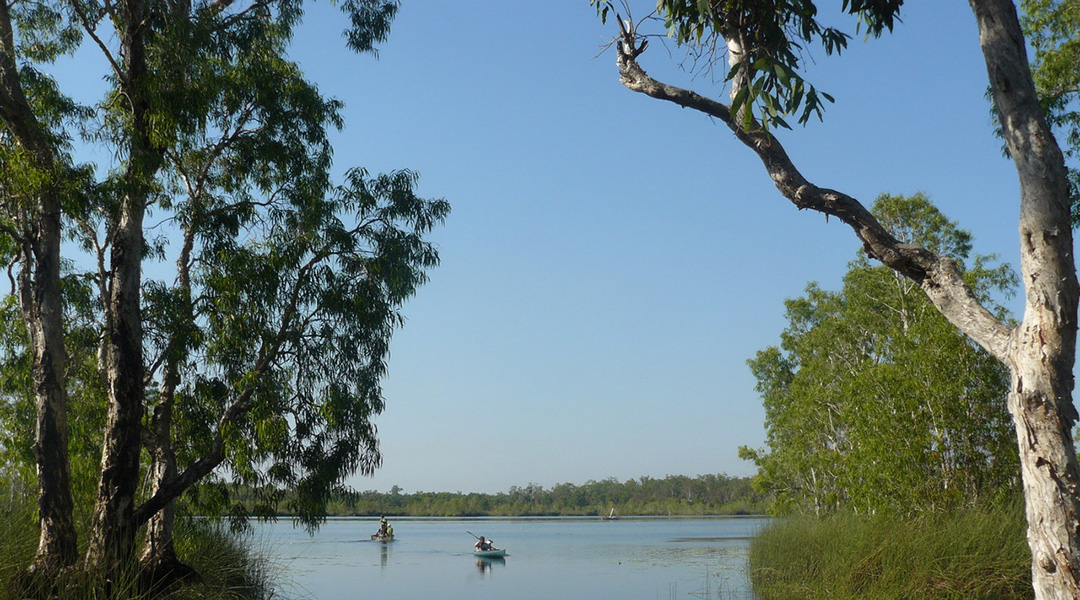
Abandoning traditional practices led to intense dry season fires, drastically altering biodiversity and increasing greenhouse gas emissions.
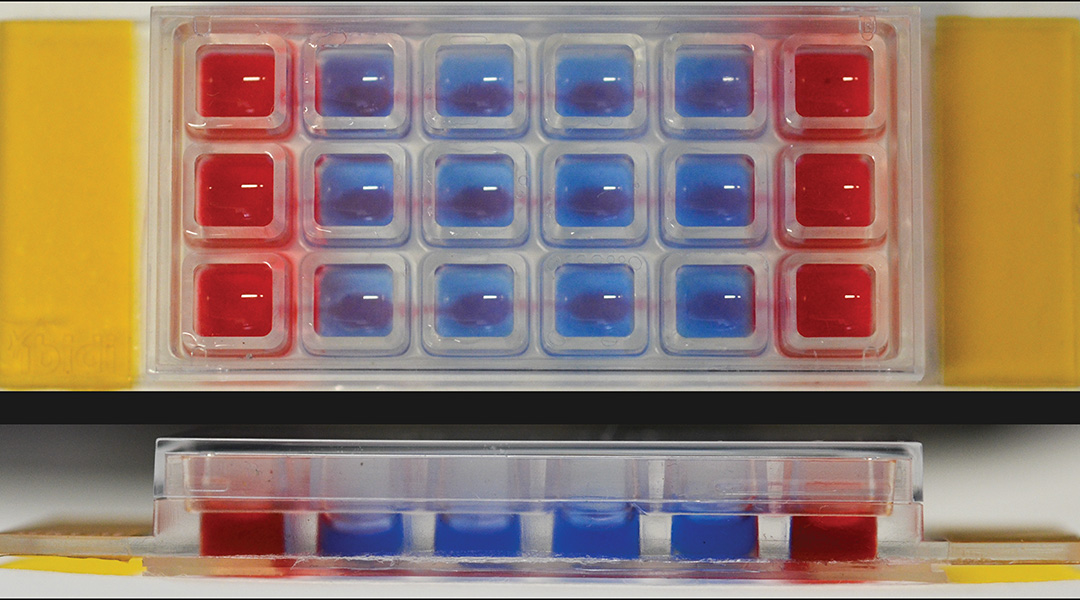
A microfluidic chip could help researchers uncover the unknown underlying mechanisms that cause inflammatory bowel disease.
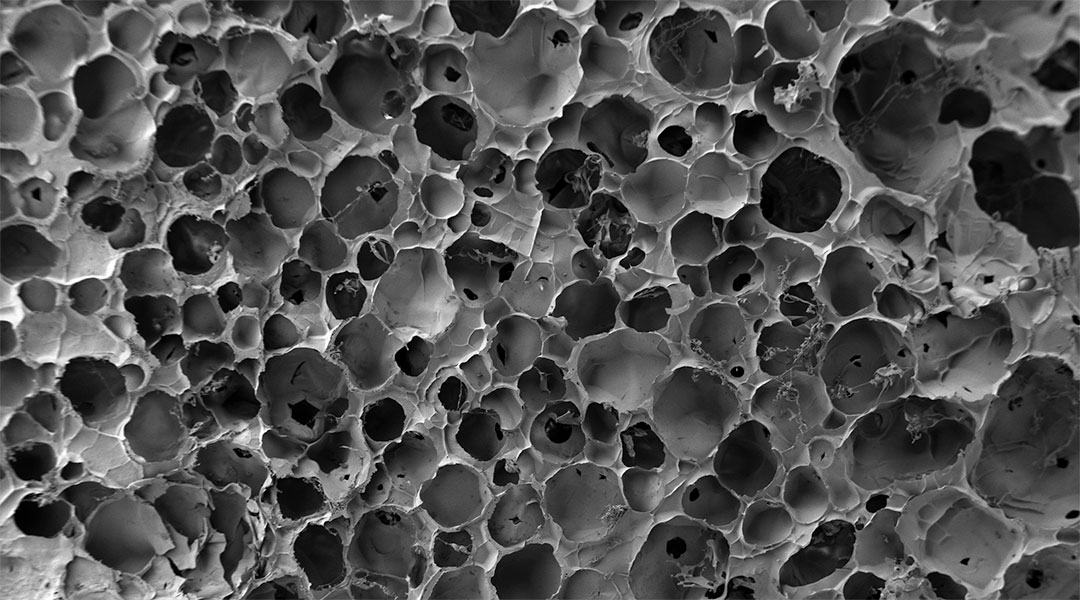
A superior surgical sealant mimics the structural and mechanical properties of lung tissue to repair air leaks after surgery.